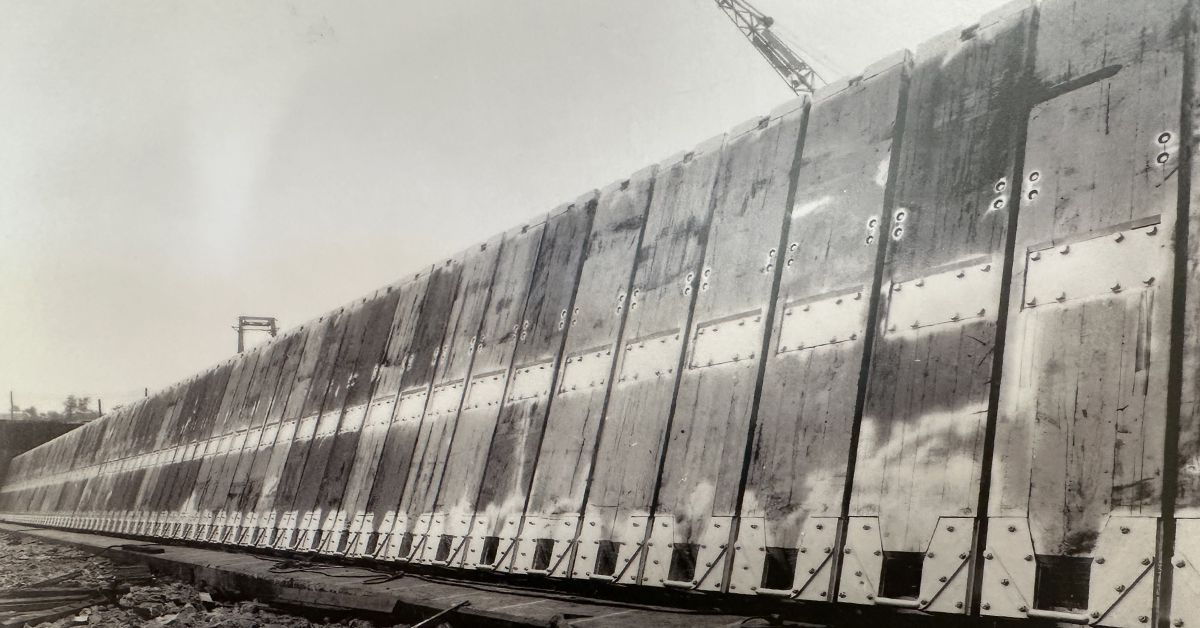Just a few weeks ago, crews at Peoria Lock and Dam on the Illinois Waterway finished installing new fencing and a new access road. It was just the latest of a series of repairs and upgrades that have modernized this lock and dam.
The Illinois Waterway is approximately 336 miles long and has eight locks along the waterway. Peoria Lock and Dam is located four miles downstream of Peoria, Ill. Sitting 157.7 miles above the confluence of the Illinois River with the Mississippi river at Grafton, Ill., it is one of the three remaining wicket dams in the country. The other two are LaGrange Lock and Dam downstream on the Illinois River and the Olmsted Lock and Dam, the only wicket dam on the Ohio River.
During high flows, the wickets are lowered, and open river conditions prevail. The lock is used only during low and moderate river flows when the wicket dams are raised to maintain the 9-foot navigation depth. The original wickets installed at Peoria in 1938, when wicket dams were considered state of the art, are made of white oak, a wood that lasts well underwater. “It’s getting very hard to source white oak anymore,” Peoria lockmaster Matt Traver said.
As the wickets age and fail, they are replaced gradually, one by one. This is normal maintenance and does not require closures. At Peoria, the old white oak wickets are being replaced by composite ones that have a much longer expected life. The composite material was the result of a joint research project between the University of West Virginia and the U.S. Army Engineer Research and Development Center (ERDC), a premier research facility for the Corps of Engineers.
Traver said there are eight such composition wickets installed now in the Peoria Dam, with the first three test wickets having been installed in 2015. The Corps has stockpiled 108 of the new composite wickets, enough to replace half of all the dam’s wickets.



